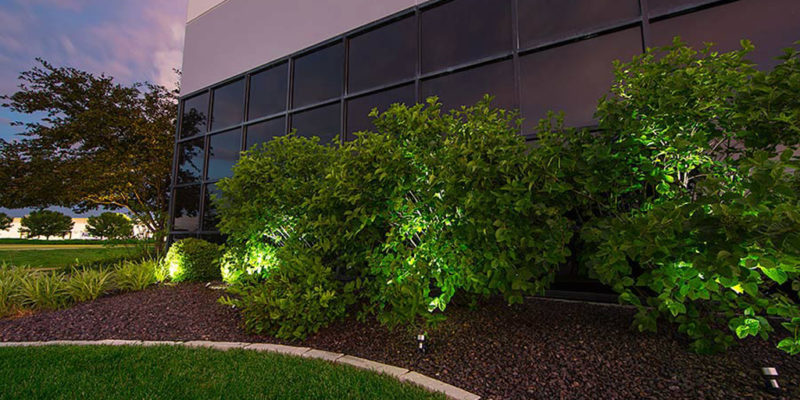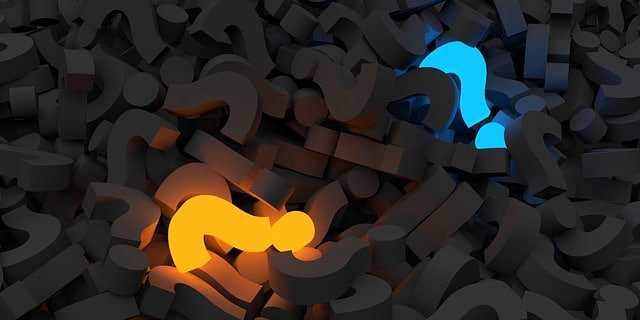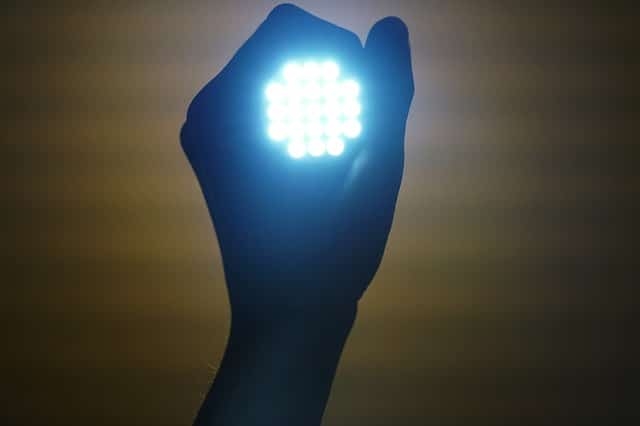Robert Huff Outdoor Lighting: A Color, Light, And Temperature Guide Part 1
What Is Color Temperature And Why Is It Important?
When we refer to the temperature of lighting, it is said to have a specific tone. This tone is often thought of as white light and is emitted from the lights initial source. This can be simplified if we were to consider the life cycle of a white t-shirt and the variations of shading which occurs. If our white t-shirt was washed with a batch of dark blue colors, it will still appear to be white, however, if we held a brand-new white t-shirt next to our previously washed t-shirt, a hint of blue can be seen. If either of us wore a new white t-shirt for years upon years and then compared it with a new one, the old one will now be much more yellow in comparison.
How Are Shades Of White Distinguished?
If we were to place two different temperatures from varied sources together, the white light seen will have a totally different appearance. In order to be able to distinguish numerous shades of white, artificial light is labeled with a designated color temperature. These can be incandescent and tungsten as well as with the use of a correlated color temperature which is widely known as a CCT. The temperature scale known as Kelvin is used to measure both regular color temperature as well as CCT and is obtained from what is known as blackbody radiation. When an ideal source of blackbody radiation absorbs radiation from external sources, it begins to glow in a number of different colors. At a temperature of 2000K, it can be seen as being a mix of both orange and yellow. With an increase in temperature, the previously mentioned color goes to yellow followed by a yellowish-white which becomes white and finally appears as a bluish-white.
Traditional Residential Outdoor Lighting
As far as traditional outdoor lighting in a residential setting goes, white was typically referred to as warm white or cool white depending on the CCT. Due to the limited sources of outdoor lighting, incandescent lights, halogen lights, and fluorescent lights, all having a temperature of 3000K CCT or even 2700K CCT were classified as warm whites. Fluorescent outdoor lighting which measured 3500K CCT were classified as being neutral, and those which measured 4100K CCT and above were therefore referred to as cool white. LEDs became more popular and were responsible for drastically changing the outdoor lighting market. They soon became widely available commercially in white and didn’t cost much when they became available in what was called the bluer spectrum. The earlier sources of white light favored having temperatures of 6000K CCT and above. As such, manufacturers of commercial outdoor lighting now refer to a measured 5000K as being neutral.
Advice About Outdoor Lighting For LED Buyers
Buyers of LED products should always aim to find out the color temperature correlation before actually purchasing. Buyers should also always keep in mind that there is, however, in fact, a range of chromaticity with respect to the temperatures of correlated colors. This just simply means that lamps which tend to have a temperature of 2700K CCT will not entirely appear the same as another which has the same. In trying to avoid problems for the users of these fixtures or lamps, it is not advisable to match and mix different manufacturers products. It should be noted that light sources impact on the way space feels, hence, this makes CCT a very important aspect when it comes to choosing a light. Candlelight’s range between 1500 – 2000L, and gives most people a romantic feeling, as such, homeowners, hotels and restaurants who are trying to create a warm and cozy feeling should go with temperatures of 2400K – 2700K. Transitioning to more functional spaces such as hallways should be that of measured temperatures around 3000K – 3500K.
If you are looking to further learn about the temperatures of colors and how they can affect the colors within your backyard outdoor lighting projects, be sure to contact Robert Huff Outdoor Lighting or call us at 713.861.2000. Or simply visit our blog.


 In its most basic form, light has numerous characteristics with each of them being described in their unique way. Features like angle, softness, hardness, intensity and even movement can play a significant role in the ways we interpret what we are seeing with our eyes. The various qualities that light possesses can also affect our mood as well as the emotional response we have to our surroundings. The color is another essential quality of the light that we see on a daily basis. Bold lighting colors, of course, are frequently used by the entertainment industry for creating spectacle, excitement or mood. However, in our daily lives, we all encounter color variations that are more subtle but just as important. Those variations, ranging from Moonlight’s cool tint as it filters through the trees, the noonday sun’s bright white, or warmth from a firelight are referred to as Color Temperature.
In its most basic form, light has numerous characteristics with each of them being described in their unique way. Features like angle, softness, hardness, intensity and even movement can play a significant role in the ways we interpret what we are seeing with our eyes. The various qualities that light possesses can also affect our mood as well as the emotional response we have to our surroundings. The color is another essential quality of the light that we see on a daily basis. Bold lighting colors, of course, are frequently used by the entertainment industry for creating spectacle, excitement or mood. However, in our daily lives, we all encounter color variations that are more subtle but just as important. Those variations, ranging from Moonlight’s cool tint as it filters through the trees, the noonday sun’s bright white, or warmth from a firelight are referred to as Color Temperature. So in the residential outdoor lighting, traditionally the color white has been classified as cool white or warm white, this depends on its CCT. When there were more limitations on lighting sources and an item which was not available commercially was LED lighting, what was known as “warm white” was halogen, fluorescent, and incandescent lights with 2700K CCT or with 3000K CCT. What was considered “neutral” was fluorescents with a 3500K CCT and sources with a 4100K CT and above was considered to be “cool white”.
So in the residential outdoor lighting, traditionally the color white has been classified as cool white or warm white, this depends on its CCT. When there were more limitations on lighting sources and an item which was not available commercially was LED lighting, what was known as “warm white” was halogen, fluorescent, and incandescent lights with 2700K CCT or with 3000K CCT. What was considered “neutral” was fluorescents with a 3500K CCT and sources with a 4100K CT and above was considered to be “cool white”.